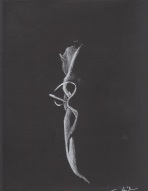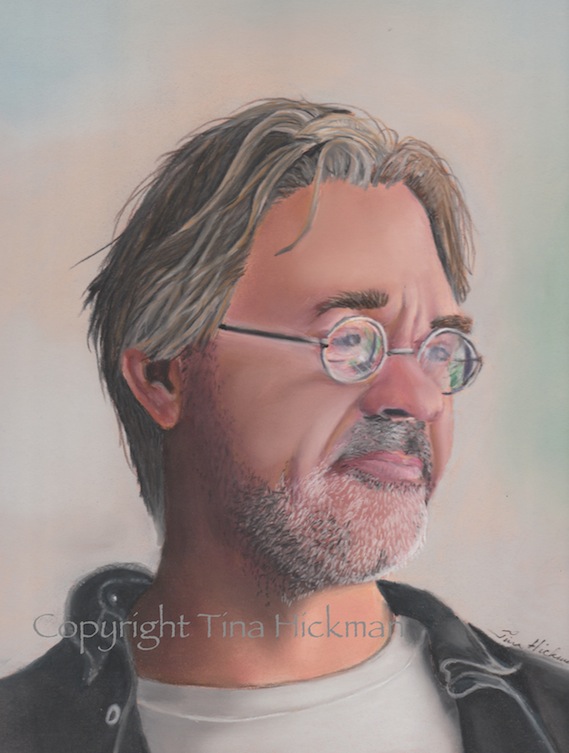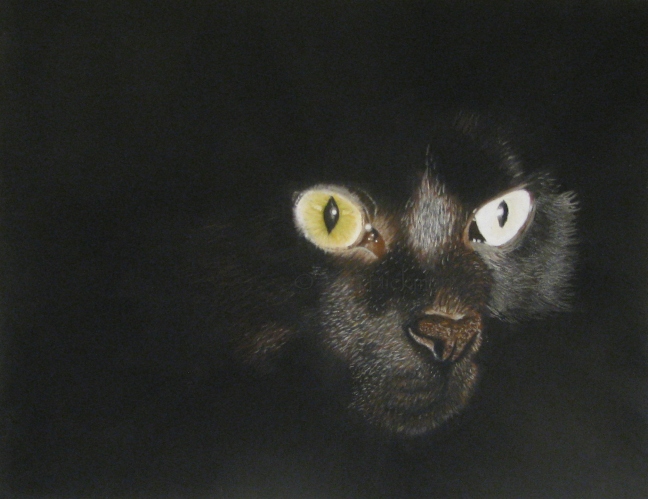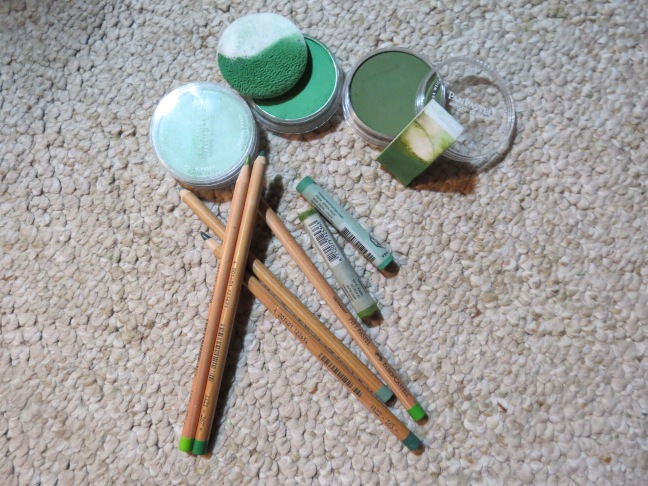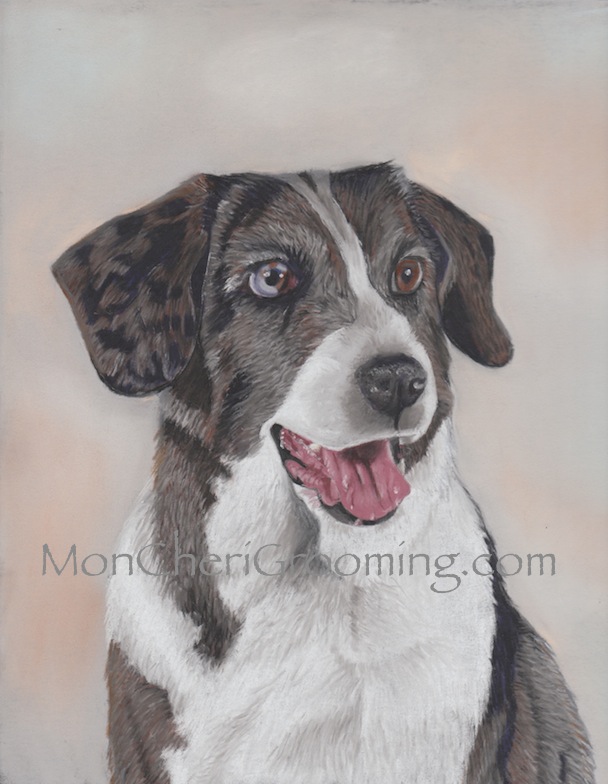Rand Miller was the first color portrait of a person I had done in nearly thirty years. Rand is the CEO of CyanWorlds, Inc. and co-creator of Myst, the best selling computer game from 1993 to 2002.
For many people, including me, Myst was more than just a game. It was a world waiting to be explored, a story begging to be told, an adventure eager to happen. Many of us adopted this world as our own, embracing the surrealistic beauty and grandeur, the hidden secrets, and the horrifying history we uncovered. Many call its immersive environment home.
As a game, it was unprecedented. Released on CD on September 24, 1993, Myst was the best selling PC game until it was finally overtaken by the Sims in 2002. Its popularity caused sales of CD ROMs to increase dramatically. At the time, it did not fit into any exisiting game category, so it created a whole new genre. It was unparalleled in many ways.
Myst has since been updated as technology catches up to the vision Cyan had in the early 1990’s. It was followed by four sequels, the MMOG Uru, and three novels. In 2000, I helped found an annual gathering of Myst fans, called Mysterium, and I ran it until 2007, when it became apparent that it was time for someone else to take it over. Mysterium attracts fans from around the world and still continues today. Numerous artworks and other projects were inspired by the games and the company that created them.
This was one of those artworks, a tribute to Rand, the face of Cyan. The games, the friends, the chat rooms, the books, the conventions… The Myst universe has touched my life in many ways, and continues to be a part of my life. And every once in a while, a piece of my art somehow ties back to it.
Currently, Cyan is working on a new game called Obduction. It has the feel of Myst, but is an entirely different storyline.
